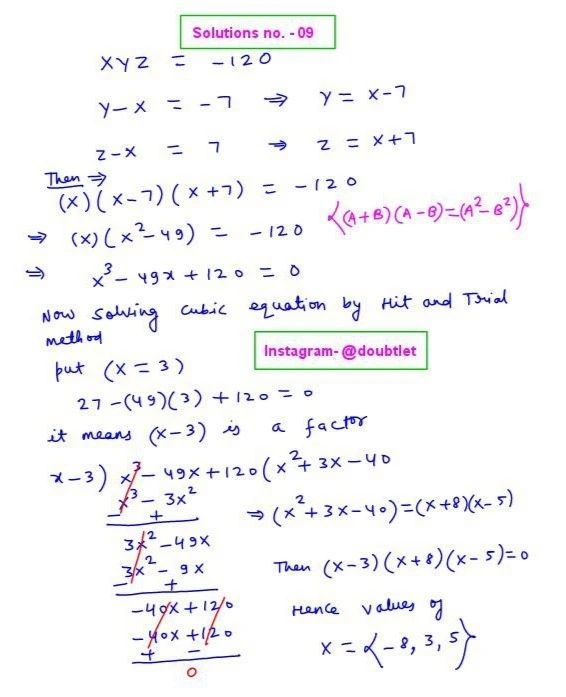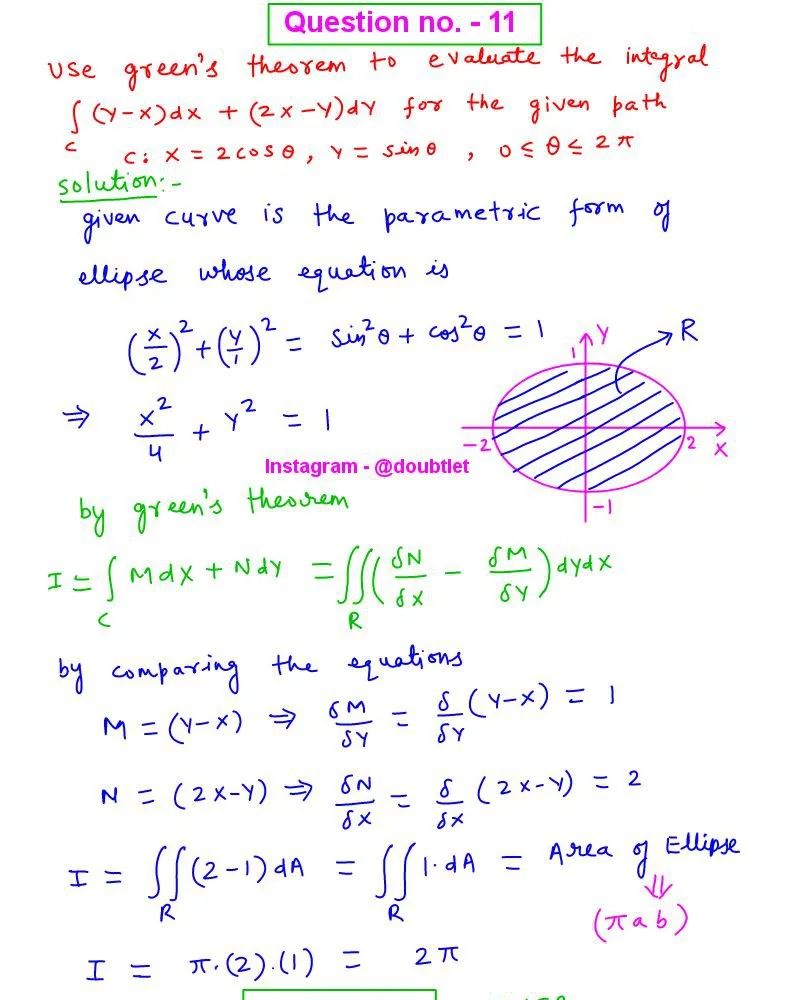









Question :
Find the vector, not with determinants, but by using properties of cross products:

Solution:

Neetesh Kumar | December 17, 2024
Calculus Homework Help
This is the solution to Math 1C
Assignment: 12.4 Question Number 6
Contact me if you need help with Homework, Assignments, Tutoring Sessions, or Exams for STEM subjects.
You can see our Testimonials or Vouches from here of the previous works I have done.
Step-by-step solution:
We are tasked with computing the cross product using properties of cross products.
Step 1: Expand the expression:
Using the distributive property of cross products:
Step 2: Simplify each term using cross product rules:
From the standard cross product rules of unit vectors:
-
:
The cross product of any vector with itself is zero:
-
:
By definition:
-
:
Using anti-commutativity:
-
:
The cross product of any vector with itself is zero:
Step 3: Combine the results:
Substitute the simplified terms into the expanded expression:
Simplify further:
Combine like terms:
Final Answer:
The resulting vector is:
Please comment below if you find any error in this solution.
If this solution helps, then please share this with your friends.
Please subscribe to my Youtube channel for video solutions to similar questions.
Keep Smiling :-)
Comments(0)



Leave a comment